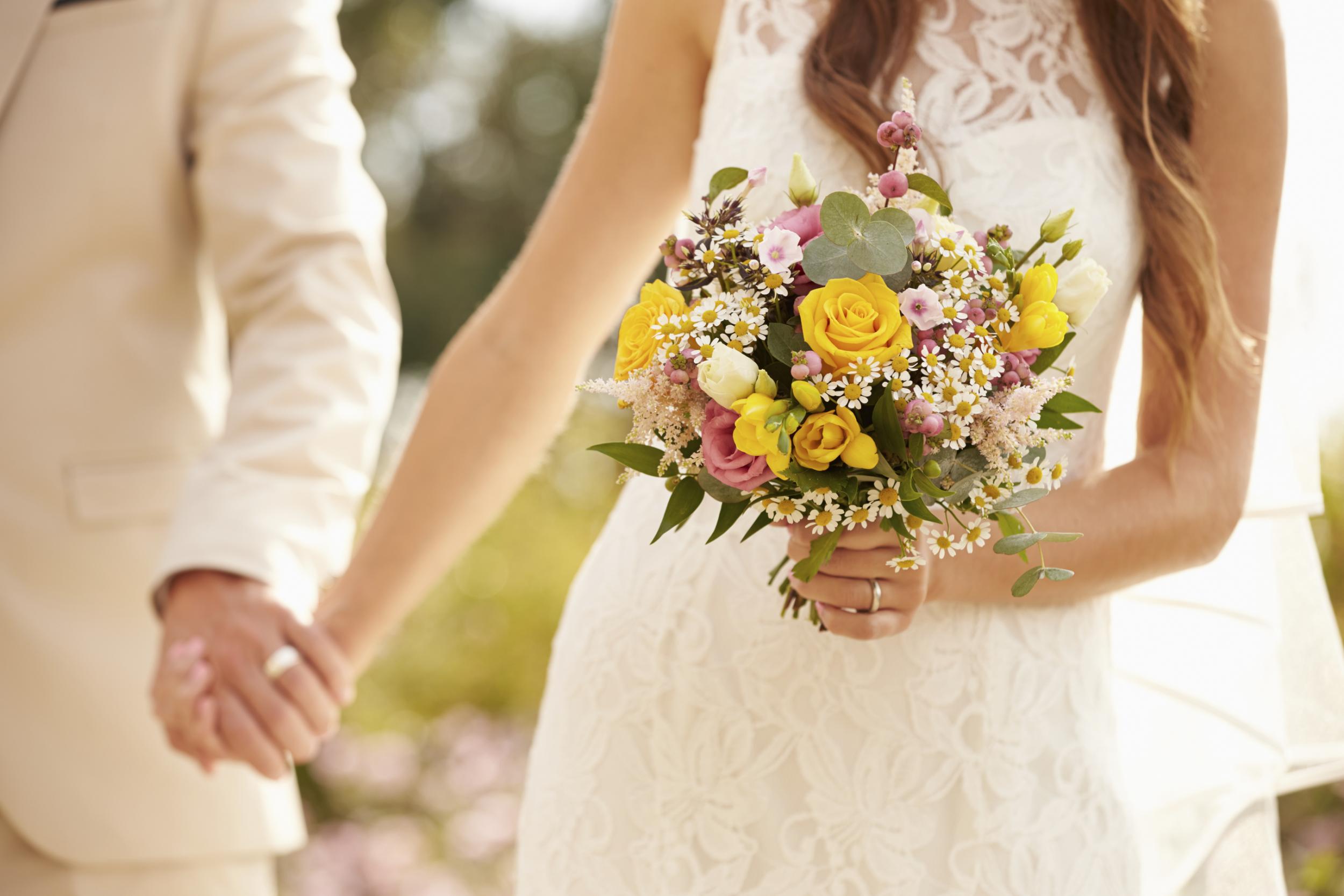The Independent's journalism is supported by our readers. When you purchase through links on our site, we may earn commission.
A mathematical theory says the perfect age to get married is 26 — here's why

Your support helps us to tell the story
From reproductive rights to climate change to Big Tech, The Independent is on the ground when the story is developing. Whether it's investigating the financials of Elon Musk's pro-Trump PAC or producing our latest documentary, 'The A Word', which shines a light on the American women fighting for reproductive rights, we know how important it is to parse out the facts from the messaging.
At such a critical moment in US history, we need reporters on the ground. Your donation allows us to keep sending journalists to speak to both sides of the story.
The Independent is trusted by Americans across the entire political spectrum. And unlike many other quality news outlets, we choose not to lock Americans out of our reporting and analysis with paywalls. We believe quality journalism should be available to everyone, paid for by those who can afford it.
Your support makes all the difference.If you're in your early 20s and Valentine's Day has you thinking about your romantic future, consider the 37% Rule.
According to journalist Brian Christian and cognitive scientist Tom Griffiths, coauthors of "Algorithms to Live By: The Computer Science of Human Decisions," that rule could help you save time looking for a spouse.
The 37% Rule basically says that when you need to screen a range of options in a limited amount of time — be they candidates for a job, new apartments, or potential romantic partners — the best time to make a decision is when you've looked at 37% of those options.
At that point in a selection process, you'll have gathered enough information to make an informed decision, but you won't have wasted too much time looking at more options than necessary. At the 37% mark, you're in a good place to pick the best of the bunch.
A common thought experiment to demonstrate this theory — developed by non-PC math guys in the 1960s — is called "The Secretary Problem."
In the hypothetical scenario, you can only screen secretaries once. If you reject a candidate, you can't go back and hire them later (since they might have accepted another job). The question is: How deep into the pool of applicants do you go to maximise your chance of finding the best one?
If you interview just three applicants, the authors explain, your best bet is making a decision based on the strength of the second candidate. If she's better than the first, you hire her. If she's not, you wait. If you have five applicants, you wait until the third to start judging.
So if you're looking for love between the ages of 18 and 40, the optimal age to start seriously considering your future husband or wife is just past your 26th birthday (37% into the 22-year span). Before then, you'll probably miss out on higher-quality partners that could still come around, but after that, good options could start to become unavailable, decreasing your chances of finding a good match.
In mathematics lingo, searching for a potential mate is known as an "optimal stopping problem." Over 1,000 possibilities, Christian and Griffiths explain, you should pull the trigger on someone 36.81% of the way through. The bigger the pool of options, the closer to exactly 37% you can get.
Research about successful marriages seems to support the age sweet spot of 26.
In July 2015, the University of Utah sociologist Nicholas H. Wolfinger discovered that the best ages to get married in order to avoid divorce are between 28 and 32. The range doesn't align exactly — 28 years old is closer to a 45% Rule — but partners usually decide on each other a while before their actual wedding. Wolfinger's analysis also revealed that a couple's chances of breaking up increased by 5% each year after age 32.
The 37% Rule isn't perfect. Since it borrows from the cold logic of math, it assumes that people have a reasonable understanding of what they want in a partner by 26, but doesn't account for the fact that what we look for in our partners may change dramatically between 18 and 40.
What the 37% Rule does tell us is that 26 is the age when our dating decisions are most trustworthy — it's the point at which we can stop looking and start taking those big leaps of faith.
• 18 life-saving facts that everyone should know
• 28 crazy pictures of micro-apartments around the world
• The 19 cheapest holiday destinations on earth in 2017
Read the original article on Business Insider UK. © 2016. Follow Business Insider UK on Twitter.
Join our commenting forum
Join thought-provoking conversations, follow other Independent readers and see their replies
Comments